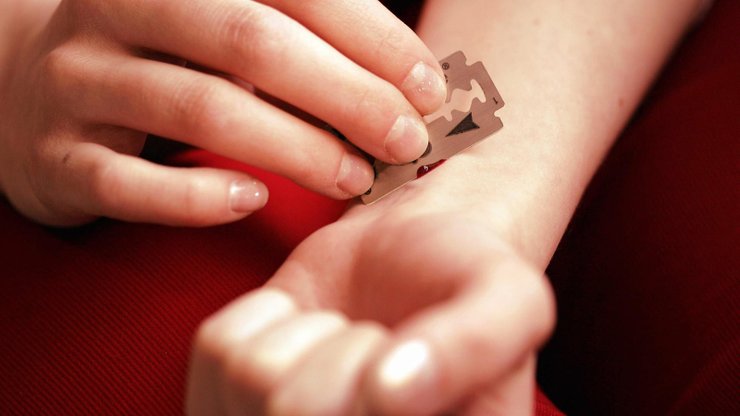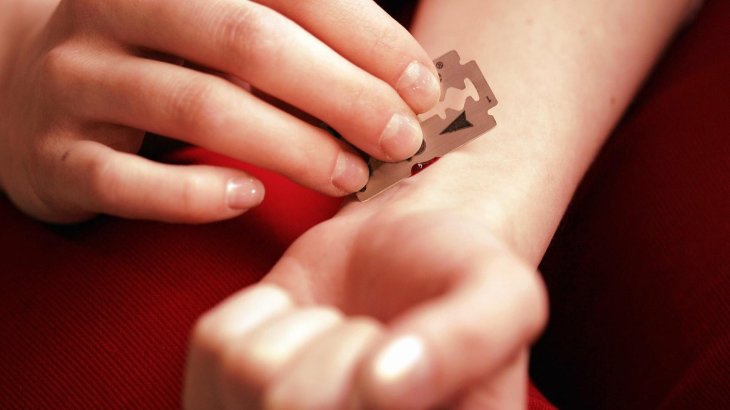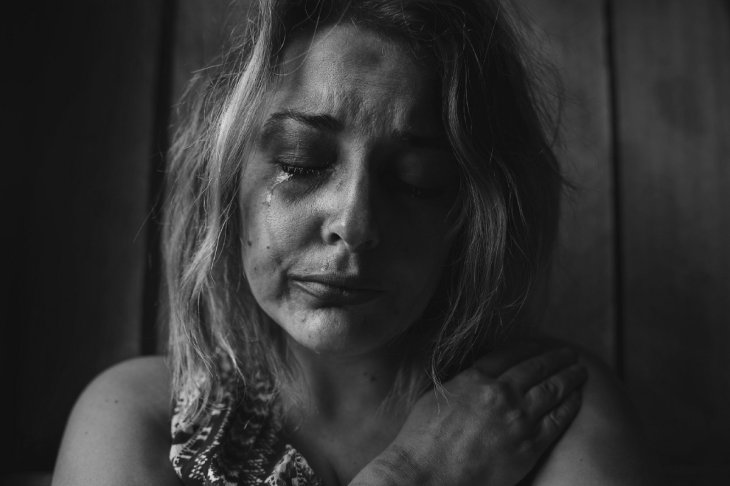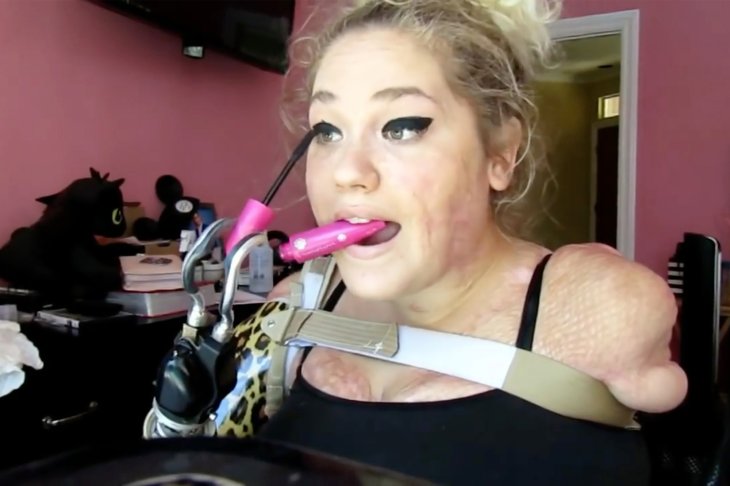Censoring Self-Harm Images Might Not Prevent People From Hurting Themselves
Aadhya Khatri - Mar 05, 2019

Social media sites have been working constantly to prevent self-harm images to spread. However, their effort might not be effective at all.
- The Impact of Social Media on Online Sports Betting
- Instagram Launches A Lite Version For Users In Rural And Remote Areas
- Japan Has New Minister Of Loneliness To Deal With Suicide Rates
Social media sites have been working continuously to prevent suicide-encouraging information to spread online. Recently, with the pressure from Molly Russell’s case, Facebook and Instagram lay down their latest policies hoping to address this self-harm issue further.
While these policies are implemented with good intention, some research suggests that they may do more harm than good. Those social sites’ act of blurring or censoring images, which they think have the potential to stimulate users to inflict injury on themselves, in some cases, is discrimination and forces the users suffering from NSSID to feel shameful, which adds more reasons for them to come to self-harm.

While many are still unaware of NSSID, there are up 10 20% of American youngsters have this illness, which means that sooner or later, one out of five citizens in this nation is prone to self-harm. It is believed that it all comes down to the need to deal with negative emotions.
According to Stephen Lewis, Guelph University’s professor, the majority of the sufferers consider the online world a destination to share their stories, experience, and how they overcome the wounds. This is why preventing the images related to self-harm might take away their chance to communicate with the outside world.
Dr. Axelrod, who is in charge of a clinic focusing on victims of NSSID, shared the same opinion with Professor Lewis. He said that in his treating session, the patients are not asked to hide their scars but instead, the staff wants others to appreciate their effort to overcome the illness. Plus, he thought that letting them talk openly about the experience online might help with the recovery process.

Sabian Join, a victim of this illness, spoke from her experience that images of healing scars actually helped people like her feel less stressed out and share the story to those who were struggling to overcome the desire to hurt themselves. Dr. Axelrod confirmed that these images might be helpful for people sharing them and the ones seeing them as well. Blurring them might intensify the victims’ feeling of shame and make them think that they are being isolated.
A blogger about self-harm, Marissa Barber said that seeing people who are fine with showing her scars in public can actually be empowering. However, she is under a negative impact of the new policies.
She also proposed a solution which has the potential to achieve both parties’ good intention. Social media sites can warn users of the content but let the images being marked by hashtags and also searchable. While we have no idea that any of the sites will consider her proposal, for now, Facebook and Instagram have announced that even images of healed scars will be blurred.

This method might solve part of the problem, but it is not without drawbacks. One of the most prominent ones is the question that if scars accidentally appear in an image, but it is not the main message the user wants to convey, is that image blurred too? If the answer is yes, some of the support groups online will be affected. For example, a group of veterans might want to show the scars they have, and the new policies of Facebook and Instagram might strip them of the opportunity to do so.
This act of Instagram might trigger an outrage as it censors all people with even healing or fading scars, which might be considered discrimination. However, so far, there has not been such an incident after the new policies from Facebook and Instagram were made public.
The main reason for people to be active on Instagram is that it allows them to show their followers who they are. Some of the public figures in the community have disabilities, and their profiles are filled with images showing these imperfections. Censoring people with NSSID might take away their opportunity to express themselves and monetize their posts if they choose to do so.

While the policies are still a matter of debate, the legislation that covers this act has been out of date. The ADA prohibits the act of discriminating people with disabilities in public accommodation. However, as this law was laid down in 1990 when online business was still a strange concept, it is no longer relevant to the current situation.
This matter did catch the federal courts attention though. However, they have not reached any useful conclusion on whether the businesses conducted online are covered by Title III of the ADA. For now, there are two parties with contradicting opinions. The first one is Vermont Court which said that differentiating an insurance plan bought from an offline vendor from one purchased online did not make sense.
However, the Northern California court had a different opinion. They took Netflix as an example and said that since it was not tied to a real physical place, it should not be affected by ADA.
But the Massachusetts court had another idea to resolve this debate. They said that excluding online business from the ADA would violate Congress’s intention to ensure that people with disabilities receive the same services, goods, and other benefits as other citizens of the community.
The last argument is attracting the most interest. Instagram and Facebook’s latest policies are a warning call for Congress to reconsider the Title III. This matter might call for greater power, such as the interference of the US Supreme Court.
When this matter was brought to Facebook, its representative stated that self-harm was not a psychological illness and people who practiced self-harm may not all be with mental problems. While this statement still needs more time to be proved, for now, NSSID is still classified as "condition needing further study."
While NSSID receives support from some research, people suffering from it have not yet been recognized as having disabilities by ADA. However, it is qualified to be an illness by WHO, which has a broader definition of mental illness.
Self-harm and more severe actions, like taking one’s own life, are still considered sensitive, and people would rather ignore them than bringing them to light. However, pushing victims of that illness away may not help them recover. Instead, open discussions are required to make sure that millions of Americans get treated properly and have access to everything available to a normal person.
Featured Stories

Features - Jul 01, 2025
What Are The Fastest Passenger Vehicles Ever Created?

Features - Jun 25, 2025
Japan Hydrogen Breakthrough: Scientists Crack the Clean Energy Code with...

ICT News - Jun 25, 2025
AI Intimidation Tactics: CEOs Turn Flawed Technology Into Employee Fear Machine

Review - Jun 25, 2025
Windows 11 Problems: Is Microsoft's "Best" OS Actually Getting Worse?

Features - Jun 22, 2025
Telegram Founder Pavel Durov Plans to Split $14 Billion Fortune Among 106 Children

ICT News - Jun 22, 2025
Neuralink Telepathy Chip Enables Quadriplegic Rob Greiner to Control Games with...

Features - Jun 21, 2025
This Over $100 Bottle Has Nothing But Fresh Air Inside

Features - Jun 18, 2025
Best Mobile VPN Apps for Gaming 2025: Complete Guide

Features - Jun 18, 2025
A Math Formula Tells Us How Long Everything Will Live

Features - Jun 16, 2025
Comments
Sort by Newest | Popular